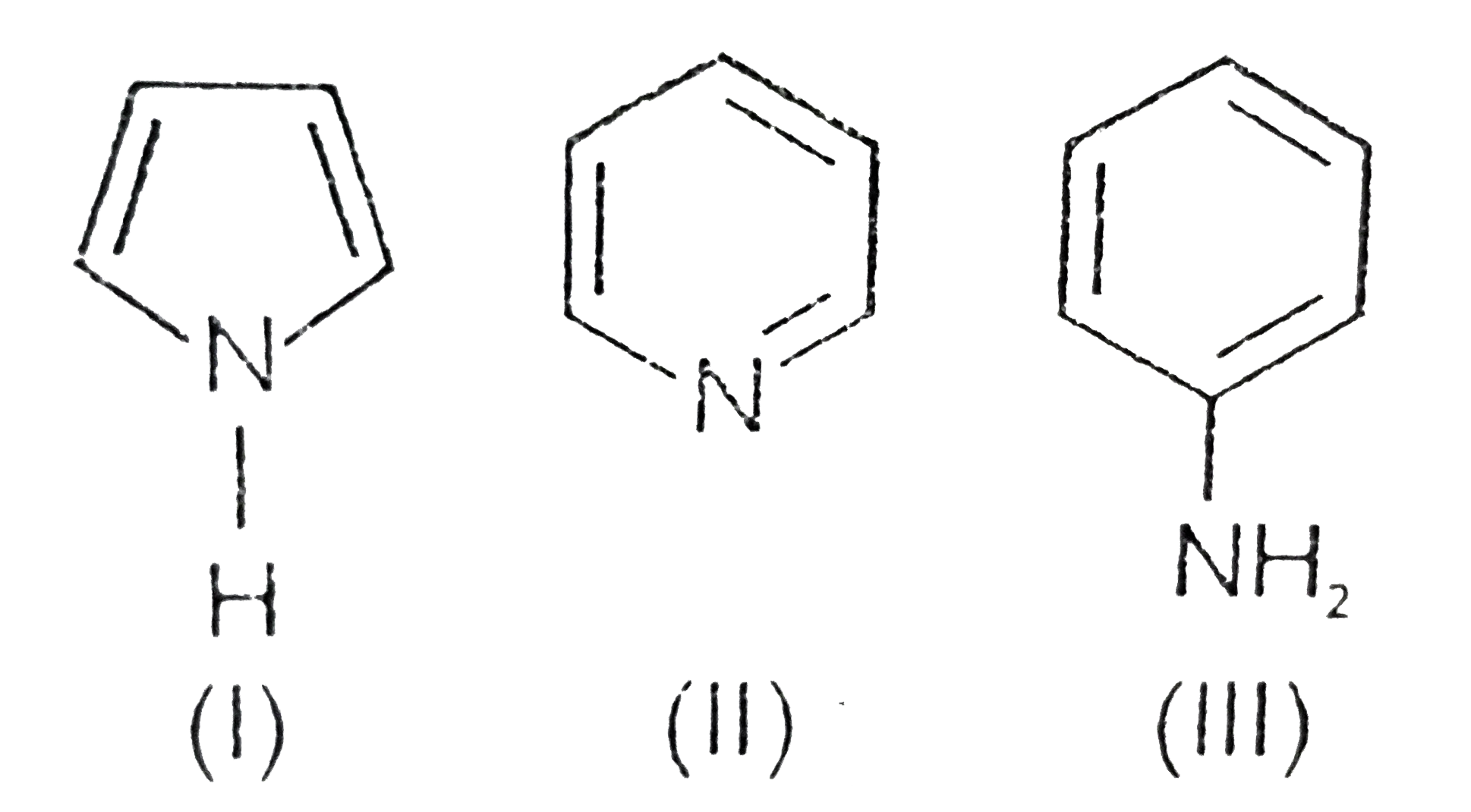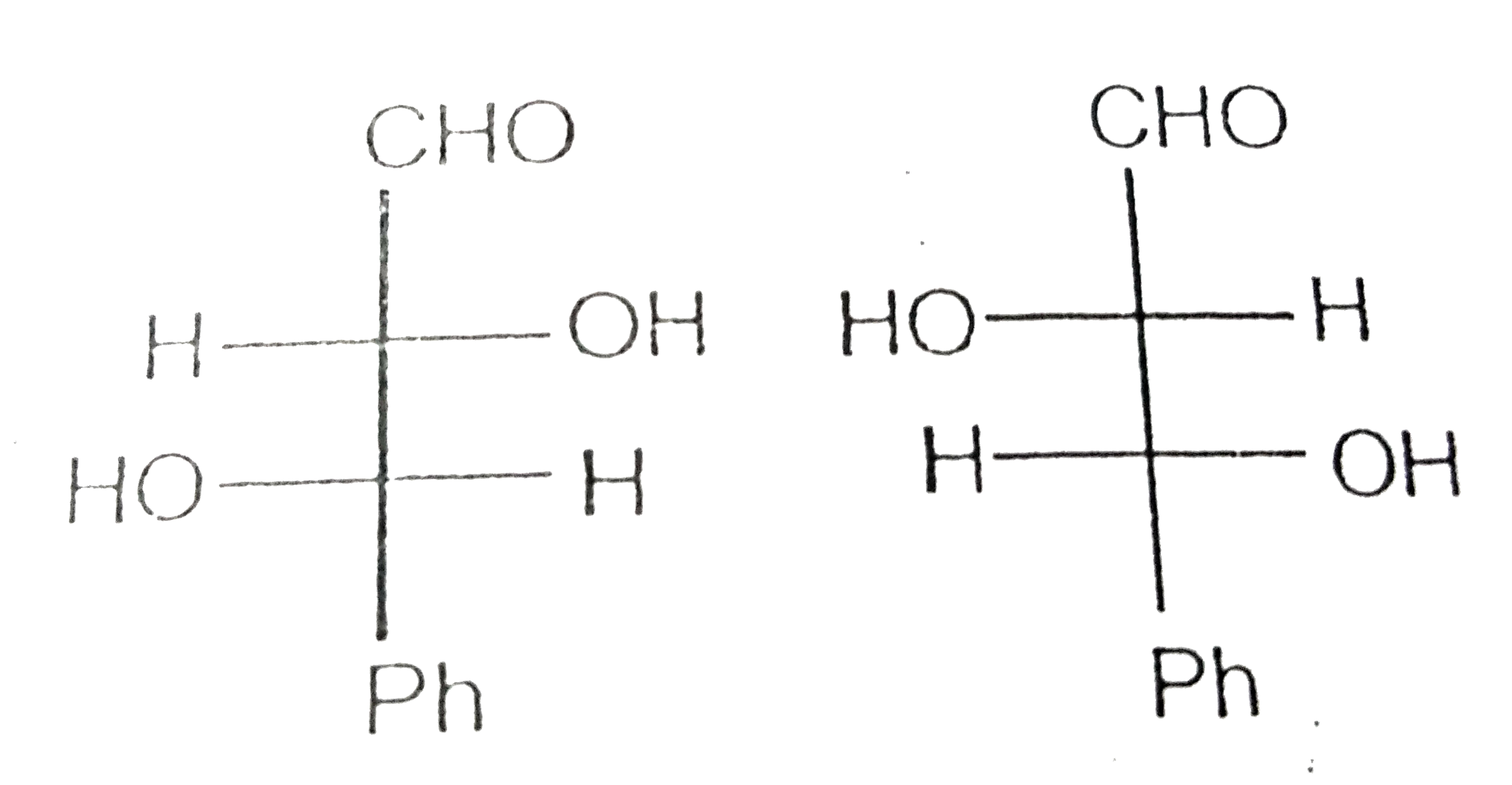Consider the following compound:
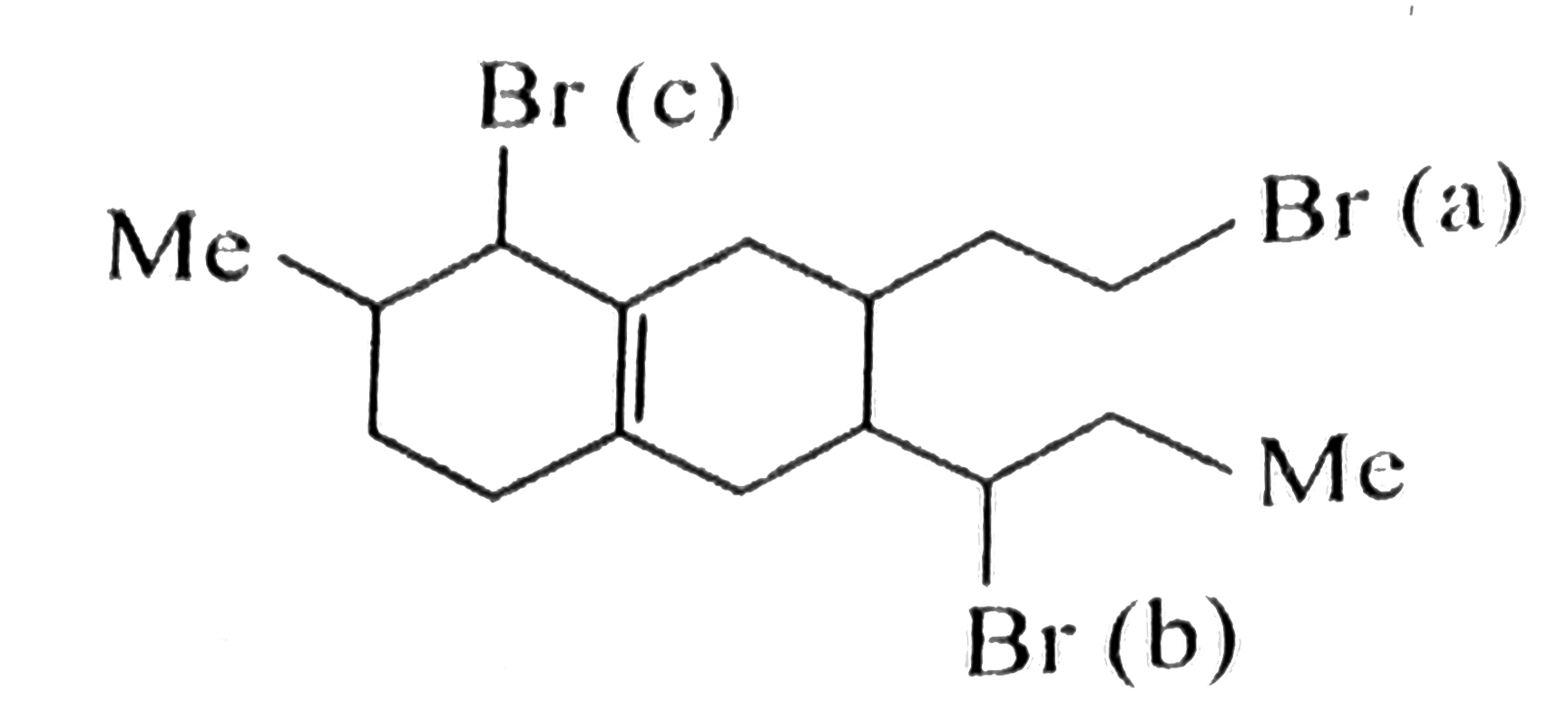
Which of the following staements are correct?
Loss of atom in dehydrobrobromination reaction results in the formation of the most reactive double bond towards hydrogentaion reaction.
Removel of atom results in the formaion of the most stable carbocation.
The above compound conatins five asymmetric atoms.
The above compound does not show geometrical isomers.
The correct Answer is:
a. Loss of would give less-subsituted alkene (more reactive, less stable).
b. Removel of would give stable allylic .
c. 
Statemtents (a),(b) and (c) are correct.
Statements (d) is wrong, Since teh compound shows .

Topper's Solved these Questions
- AROMATIC COMPOUNDS AND ALKYL AND ARYL HALIDES BOOK - CENGAGE CHEMISTRYCHAPTER - AROMATIC COMPOUNDS AND ALKYL AND ARYL HALIDES EXERCISE - Exercises Multiple Correct Answers Type
12 Videos
- AROMATIC COMPOUNDS AND ALKYL AND ARYL HALIDES BOOK - CENGAGE CHEMISTRYCHAPTER - AROMATIC COMPOUNDS AND ALKYL AND ARYL HALIDES EXERCISE - Exercises Single Correct
161 Videos
- AROMATIC COMPOUNDS AND ALKYL AND ARYL HALIDES BOOK - CENGAGE CHEMISTRYCHAPTER - AROMATIC COMPOUNDS AND ALKYL AND ARYL HALIDES EXERCISE - Exercises Linked Compreshension
58 Videos
- APPENDIX INORGANIC VOLUME 2BOOK - CENGAGE CHEMISTRYCHAPTER - APPENDIX INORGANIC VOLUME 2EXERCISE - Short Answer Type
179 Videos
- BIOMOLECULESBOOK - CENGAGE CHEMISTRYCHAPTER - BIOMOLECULESEXERCISE - Exercises Archives (Analytical And Descriptive)
8 Videos
Similar Questions
Knowledge Check
Which of the following staements is correct ?
AThe current interest in the manlpulation of microbes, plants and animal has raised serious ethical issuesBOne possible risk of genetic engineering is the accidental production dangerously resistant microorganismsCAlthough risks are possible, genetic engineering appears to offer more of a contribution to human welfare than threatsDAllWhich of the following staements is not correct?
AArgon is used in electric bulbsBKrypton is obtained during radioactive disintegrationCHalf life of radon is only 3.8 daysDHelium is used in producing very low temperatures.Which of the folowing staements is not correct?
AThe first ionization energies (in KJ mol−1) of carbon,silicon,germanium,tin, and lead are 1086, 786, 761, 708 and 715 respectivelyBDown the group, ionization energy decreases regular from B to TI in boron familyCAmong oxides of the elements of carbon family, CO is neutral, GeO is acidic and SnO is amphotericDThe 4f and 5f-inner transition elements are placed separately at the bottom of the periodic table
In the following reactions:
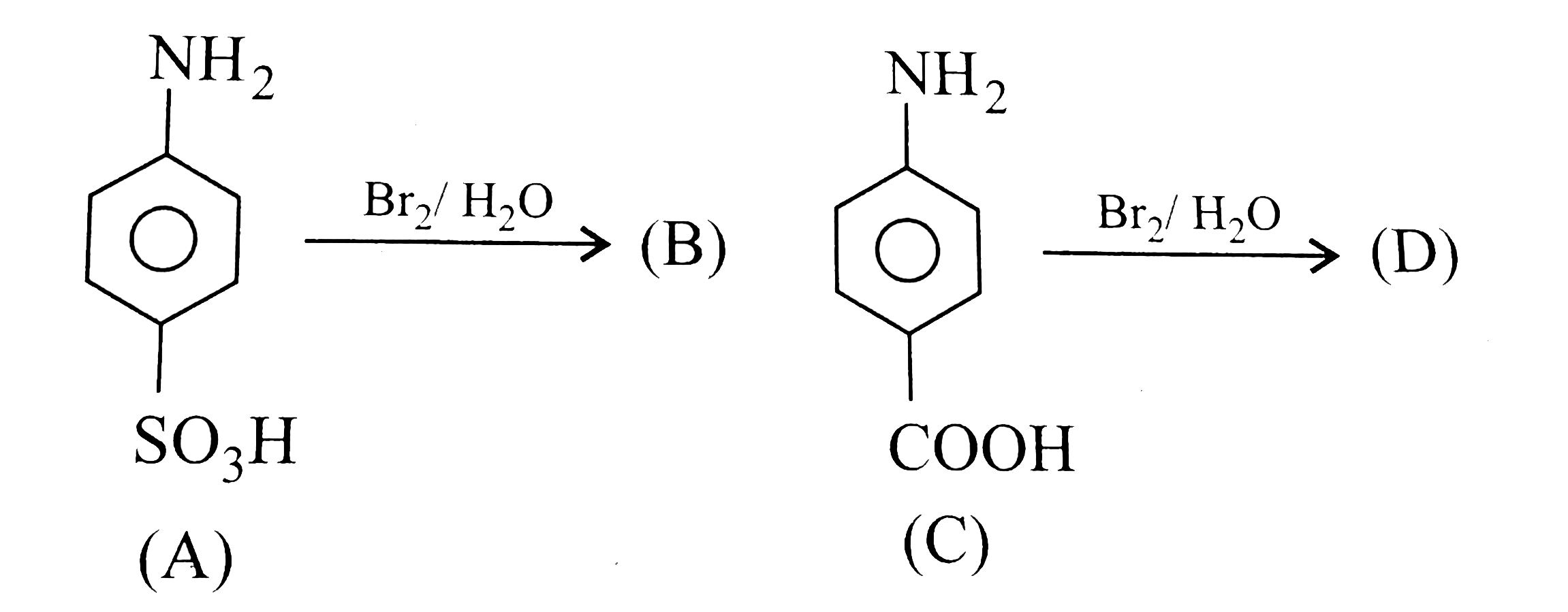
Which of the following staements are correct about the above reactions?
View SolutionConsider the following reactions :

Which of the following statements are correct ?
View SolutionConsider the following reactions :

Which of the following statements are correct ?
View SolutionWhich of the following staement(s) is (are) true?
View SolutionConsider the following reaction,
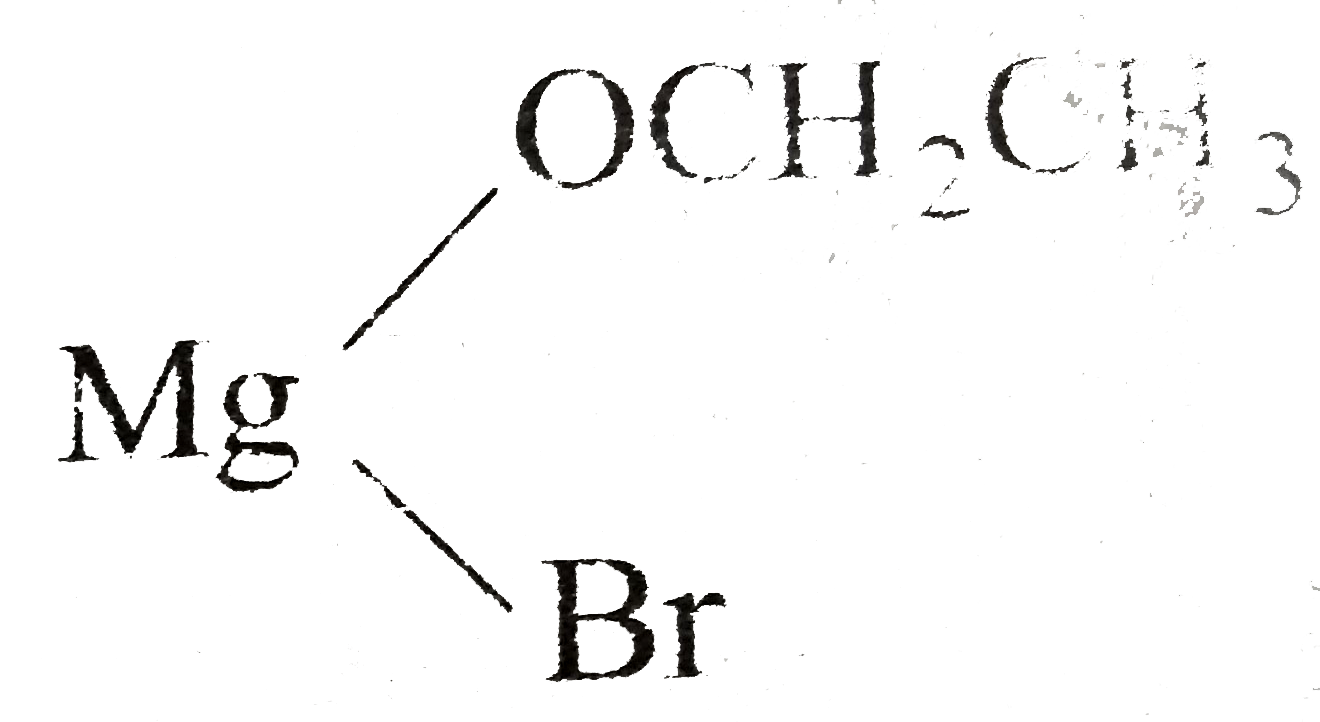 which of
which of
the following statements is (are) correct ?
View Solution

